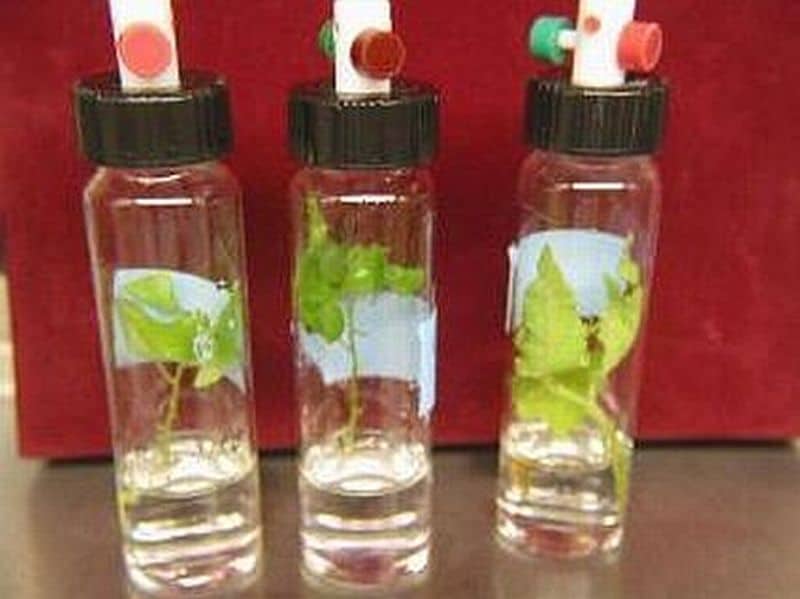Imagine a magic plant that could grow on polluted land, pull out all the toxins from the soil, and purify the groundwater! If it existed, major soil pollution problems could be done away with since the plants would be able to break some of the pollutants into harmless byproducts, which would either get incorporated into their roots, stems and leaves or be released into the air. Now scientists led by the University of Washington’s Sharon Doty have had such a break as reported in the Proceedings of the National Academy of Sciences.
They say that that genetically engineered poplar plants being grown in a laboratory were able to take as much as 91 percent of trichloroethylene, the most common groundwater contaminant at U.S. Superfund sites, out of a liquid solution. Lean soil contaminated by industrial chemicals and explosives used by the military could easily be detoxified by growing such plants here.
Why use poplars?
The poplar plants were able to break down; the pollutant into harmless byproducts at rates 100 times that of the control plants. Poplars are fast growing and can grow for several years without flowering, at which time they could be harvested to prevent seeds from generating. Moreover, distinct from some other kinds of trees, branches of the hybrid poplar being studied do not take root in soils when branches fall to the ground.
Some would say that the pollutants would still be in the atmosphere or biosphere, yet they would be removed from the soil and groundwater,contaminated sites would get cleaner. Then again arises the controversy of using Transgenic plants in the first place, A transgenic plant is one in which its genetic material is maneuvered with. Sometimes only, its own genetic material is changed and sometimes genetic material is added from other plants, bacteria or animals.
No wonder federal regulations allow the growing of transgenic trees in greenhouses and controlled field trials for research purposes only; they do not allow the commercial growing of transgenic trees. While they may be the best hope, of contaminated sites, risks of using transgenic plants have to be minimized and they need to be made affordable before they are used.
Source: Science daily



